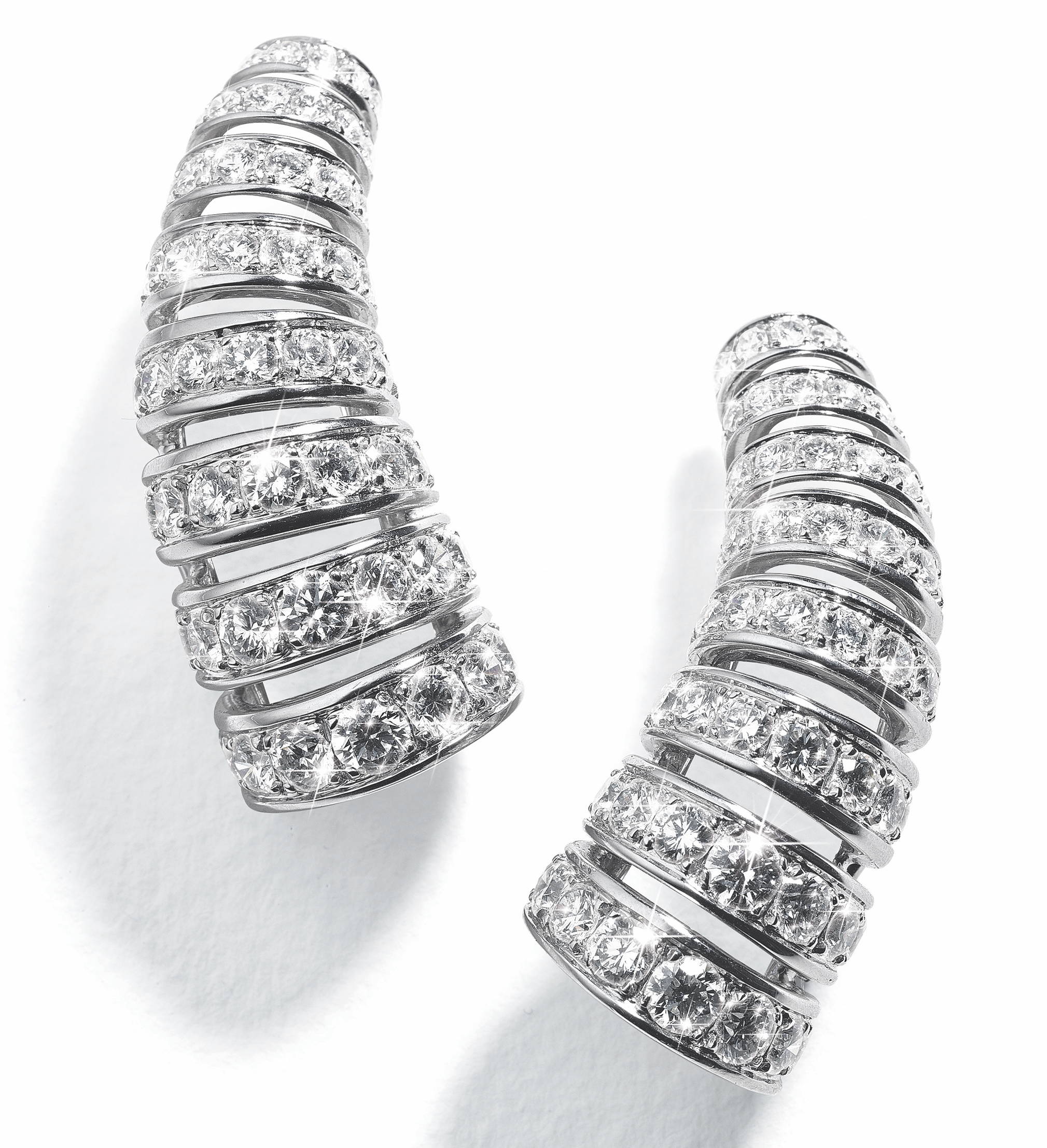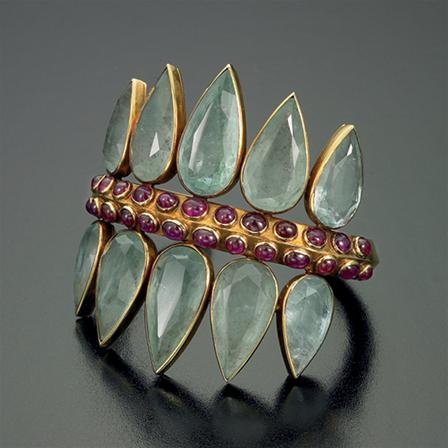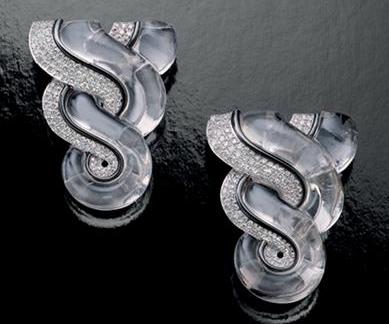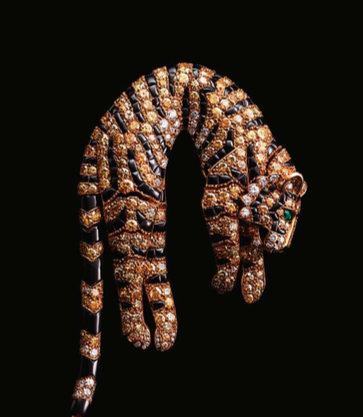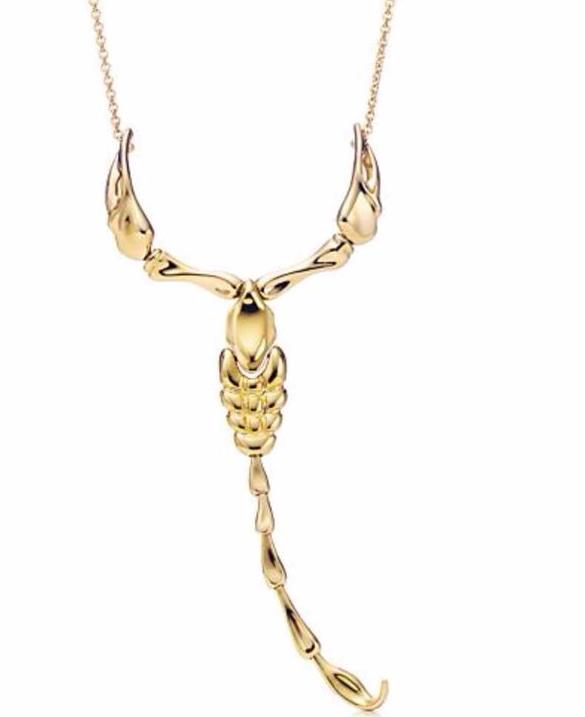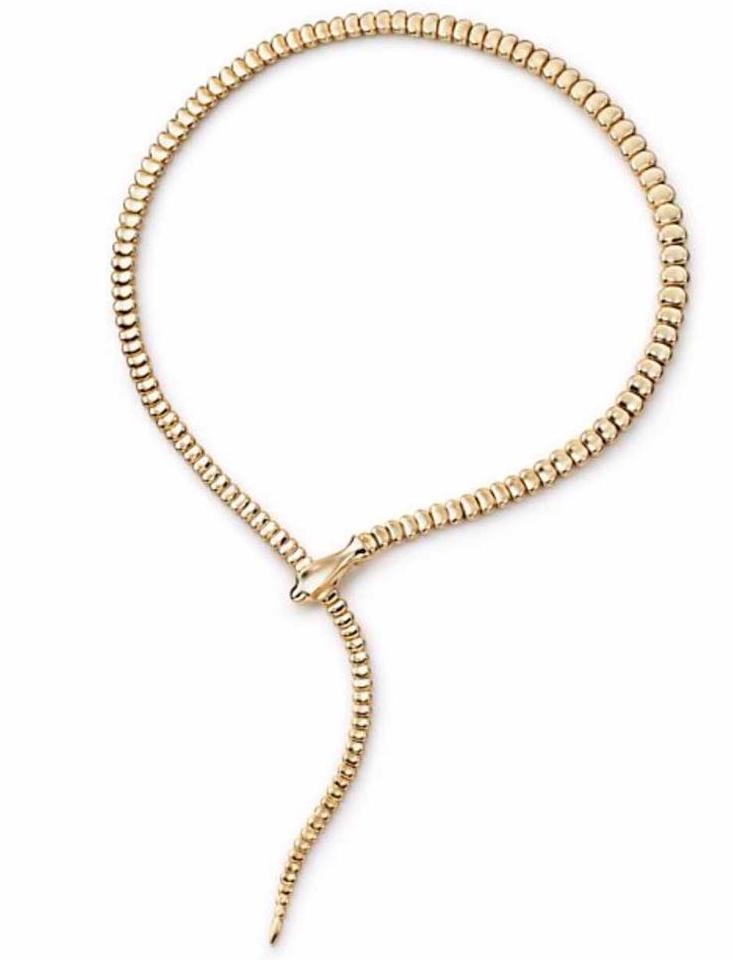Multi-talented women jewelry pioneers of the 20th Century
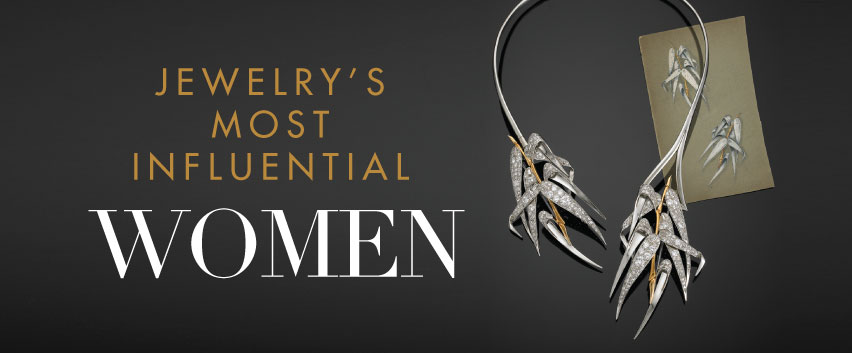
To celebrate International Women’s Day, May 8th, 2019, I am reposting this article from 2017…
In honor of amazing women everywhere, bejeweledmag.com pays homage to some of the groundbreaking and renowned female jewelers who paved the way and became inspirations for both multi-talented female and male designers throughout their legacy and today.
Jeanne Boivin:
The well know house René Boivin, a favorite of English aristocracy was founded in 1880. When René passed away in 1917, Jeanne Boivin took over her husband’s existing orders, completed them and then began to create her own pieces. She continued under he name of René Boivin. Although she was not a trained designer or jeweler, she gained a wealth of knowledge from her husband and hired the two of most talented women of the day. Suzanne Belperron rendered and composed her spirited pieces, which were developed to express the personality of the wearer. By 1925 Belperron was designing models for Boivin, in the unexpected combinations of gemstones and materials that would become her signature style when she left the house in 1932. Juliette Moutarde replaced Belperron and stayed with Jeanne Boivin until her retirement in 1970.
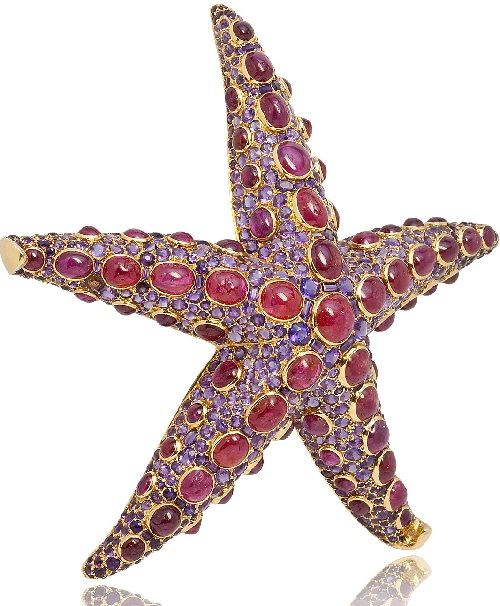
René Boivin Ruby and amethyst starfish brooch, circa 1939, designed by Juliette Moutarde
Jeanne Boivin and Juliette Moutarde worked in the style of their contemporaries—they moved on from the Art Deco aesthetic to more naturalistic and sensual, rounded forms in a vivid combination of shapes, textures and colored gemstones. Germaine Boivin joined her mother a few years later in 1938 as a designer and continued to run the company after her mother’s death in 1959. The house was sold again a few times and in 1991 was purchased by the Asprey Group and shortly after, was closed. It remains a major influence in the history of jewelry and a testament to the thriving creativity of the women who created some of the most arresting designs of the times.
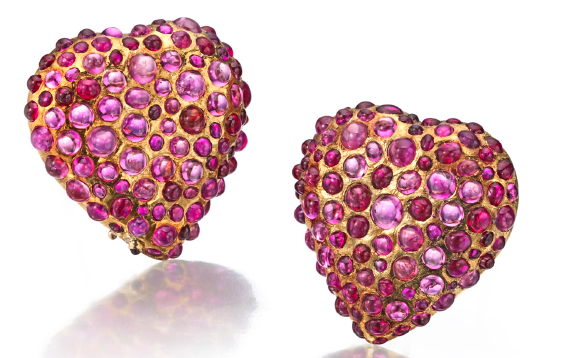
Photo courtesy of Seigelson. René Boivin ruby heart clips, designed by Juliette Moutarde
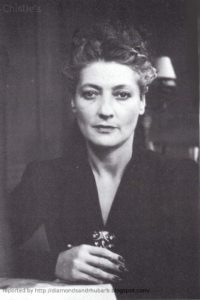
Suzanne Belperron.
Suzanne Belperron
Suzanne Belperron was like many prolific, wildly imaginative talents; she was ahead of her time. She mixed precious and non-precious materials, creating her own definition of fine jewelry and what it meant to her and her fashionable clients who included, but were not limited to Elsa Schiaparelli, the Duchess of Windsor and Diana Vreeland. Her designs represented a world of taste and style rather than status. One of the great tastemakers of the 20th century, pioneering a new sensibility in jewelry, she never signed her work, stating: “my style is my signature”.
She left her first job for Jeanne Boivin to design for Parisian stone dealer, Bernard Herz under his company’s name B. Herz. Here she could abandon the more linear designs of Art Deco to artfully carve stones into flowers and other shapes inspired by nature and set them with precious gemstones. The company flourished until World War II broke out and both her and Herz were arrested for operating a company under a Jewish name.
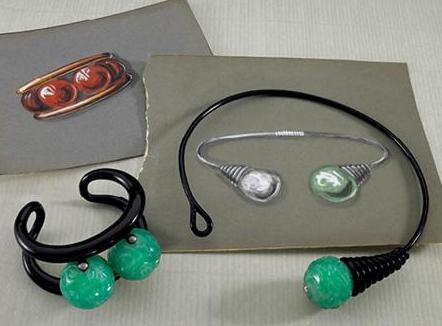
From Suzanne Belperron’s person collection: torque necklace and Abacus cuff with original drawings
The company was re-registered under her own name until Bernard’s son Jean was able to return to Paris following the end of the war. They resumed the partnership of “Herz-Belperron”, which remained in business until Suzanne Belperron’s retirement in 1974. Ward Landrigan, former head of Sotheby’s Jewelry and owner of Verdura, purchased her archive of designs in 1998. Today, Nico Landrigan, Ward’s son and President of Verdura, is responsible for the revival of Belperron’s work, which continues to inspire designers today and reach new collectors who admire her spirit and her profound influence on jewelry throughout the 20th century.
- Vintage Belperron Corne diamond ear clips
- Vintage Belperron aquamarine double Coronet cuff
- Vintage Belperron Cadueus-brooches
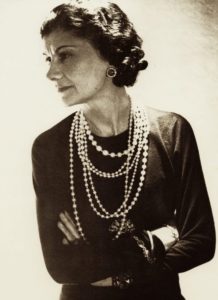
Photo: Rex/Shuttershock
Coco Chanel
When we think of Coco Chanel, we get an instant image of a designer who changed perceptions of personal style. Nothing about her own style or the jewelry or clothes she designed was traditional. It was all a play on convention, from freeing women of bodices and corsets to inventing casual dress. Throughout the ‘20s she wore ‘multi-strands of faux pearls with a strand or two of real, mixed in haphazardly with costume and fine gold chains. She once proclaimed: “A woman needs ropes and ropes of pearls.”
Coco Chanel change the course of fashion and achieved a rapid rise to fame: after moving from Deauville in Normandy, her small atelier in Paris had grown to an entire building by the early 1920s. Coco Chanel dictated trends and developed tips and quips on jewelry and fashion for which she became known. In 1930, Chanel hired Fulco di Verdura to assist her in creating a jewelry collection. He designed the Maltese cross theme, which was perhaps Chanel’s most iconic jewelry: it appeared in multi-color precious and semi precious gems set into gold and enameled bold cuffs, pendants and brooches on the wrists of the most style-setting women throughout history.
Chanel continues to influence generations and images of her have become part of our collective consciousness. In 1932, in what would seem a paradoxical move for someone known for the simplicity of her creations, Chanel presented her first fine diamond jewelry collection. These creations were inspired by her lover, French illustrator and designer Paul Iribe. But Iribe was not the only influence. With the Great Depression, fashions were changing, and Chanel pulled away from the drabness of bleak austerity. Breaking with tradition and with the techniques of formal jewelry design, she accepted a commission from the International Diamond Guild to help boost sales. Working with some of her favorite motifs, she presented a dazzlingly lavish collection, a galaxy of constellations: shooting stars, crescent moons and comets all set with melee diamonds, offering the twinkling lights found in the evening sky, all set against her signature chic black outfits. It was in this collection, ‘Bijoux de Diamants’ that she showed her first ‘Cometé’ choker with a diamond star at one end and a cascade of diamonds at the other. Like her fashion designs, her pieces were easy to wear, versatile—and convertible.
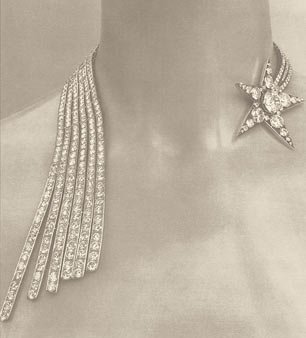
From Chanel’s 1932-Bijoux de Diamants exhibit
In the early 1980s the House of Chanel was taken over by Karl Lagerfeld and in 1993, the fine jewelry collection was re-launched with many of the original pieces being brought back into fashion—and throughout the new millennium –new pieces and those inspired by the originals were created yearly. In 2012, to celebrate the 80th Anniversary of its Bijoux de Diamants exhibit, Chanel debut a new fine jewelry collection in homage to the original, aptly named the 1932 Collection. And the legacy continues, always with a nod to the woman who changed the way in which we wear jewelry and dress.
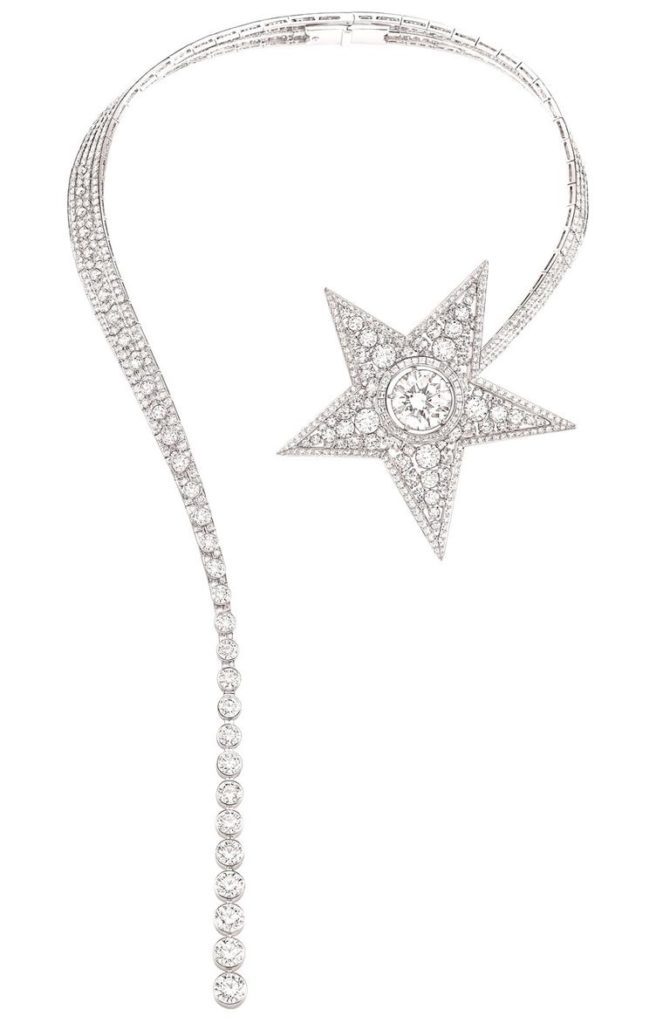
Chanel contemporary update on the Comete collier, created for the 80h anniversary of her diamond collection in 2012
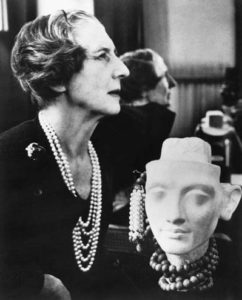 Jeanne Toussaint
Jeanne Toussaint
Louis Cartier’s lover, Jeanne Toussaint, who was also a barometer of style, created many of the visionary pieces after being given the role of director of haute joaillerie in 1933 (She held this position after Louis’ death in 1942 until her retirement in 1968). During her time at Cartier, she created many dimensional imaginative and often irreverent pieces—mixing unexpected gemstones and her inspiration derived from animals and plants during a time when pieces ere more rigid and geometric. Louis Cartier playfully nicknamed her La Panthère (The Cat) and she was the driving force behind the legendary Panthère collection of stylistic, jewel encrusted panther and tigers. Toussaint prowess and instincts about jewelry and what women wanted was instrumental in the panther becoming synonymous with projecting an aura of confidence and fearlessness. The Duchess of Windsor was a huge fan. The first “Panther” created for her was in gold and surmounted an emerald cabochon. But Touissant’s mastery of the cats grew and innovations in techniques were made, which produced three-dimensional platinum panther atop a 152.35-carat Kashmir sapphire cabochon which the Duke and Duchess of Windsor purchased in 1949, Paris, (Cartier bought back the brooch for its own collection in 1987.) She was also responsible for the Duchess of Windsor’s flamingo brooch and was a proponent of the Indian influences of the later part of the Art Deco movement and brought back Cartier’s earlier Tutti Fruitti styles with a renewed exoticism for customers such as Daisy Fellowes.
- The Kashmire Sapphire Panther which belonged to the Duchess of Windsor, STUDIO GÉRARD, CARTIER COLLECTION © CARTIER
- Articulated gold tiger clip brooch, Cartier Paris, 1957. Barbara Hutton and The Duchess of Windsor both owned versions. © NICK WELSH, CARTIER COLLECTION © CARTIER
Toussaint was reportedly quite fond of pearls and would wear as many as five long strands of pearls at a time, and either wear them at the length the were design or modify them with the strands clipped on her favorite brooch to create a choker-like effect that left a cascade of pearls to fall over one shoulder for an incredibly chic, signature look.
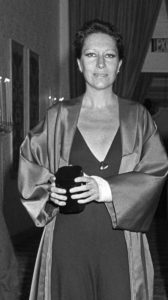
Elsa Peretti in 1976. Photo by Lynn Karlin/Penske Media/REX/Shutterstock
Elsa Peretti
It was the mid-seventies: A time of women’s lib, EST, disco and the Elsa Peretti Bone cuff. Talk about a classic that retained its style and cool allure that speaks to all generations. Designed in 1974, you can still immediately picture the sexy cuff that was organic and sculptured at the same time; polished, yet with a primitive silhouette that seamlessly hugged the wrist. Elsa Peretti continues to be the master of modern jewelry design, so much so that the styles she created when she joined Tiffany & Co. over 40 years ago are as relevant and current today as they were then. Her pieces have become icons in their own right, as powerful and enduring as the woman who designed them.
But in the 1970s when it all began, amid the feminist movement and disco nights, Peretti was a visionary, bold and brave enough to design jewelry for women like herself – strong, independent working women – who wanted to look confident while climbing the corporate ladder and feel sexy on the dance floor. She was also savvy enough to understand the cultural shifts and changes that were taking place and created pieces that reflected the times. Her organic, sculptural and sensual designs, with their sense of poetry, movement and minimalism, defined a decade and continue to inspire women today.
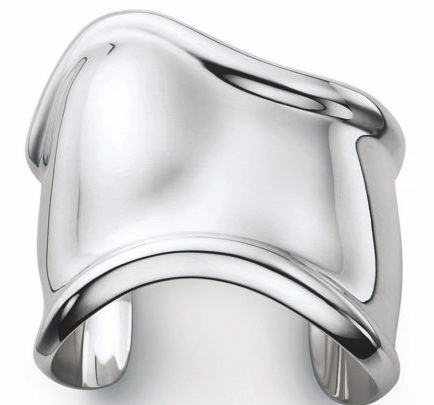
Elisa Peretti for Tiffany & Co. Bone Cuff
The bone cuff was perhaps the most celebrated design of the Italian transplant and was worn by celebrities such as Sophia Loren and Liza Minnelli and style icon, Diana Vreeland. Peretti was educated in both Italy and Switzerland and started her career in the US as a model. When she began to design her first pieces of jewelry, Giorgio di Sant’Angelo commissioned styles for a fashion show, which were an instant success. Around this time she met Halston, who became a long-time friend and collaborator. She designed pieces for him before being hired by Tiffany & Co. in 1974, when the renowned jeweler introduced the Elsa Peretti collection. Her style was inspired by abstract interpretations of the organic forms. Her most recognizable pieces for Tiffany & Co. include the bottle, bean and sculptural open heart pendant and her Diamonds by The Yard necklaces and the much-coveted Scorpion design.
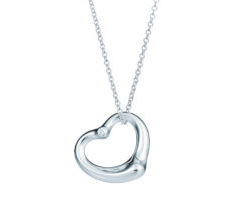
Elsa Peretti for Tiffany & Co. Open Heart Pendant
In 2013, Peretti briefly considered retiring and taking her copyrighted designs. But she had a change of heart and signed a new 20-year contract with Tiffany.
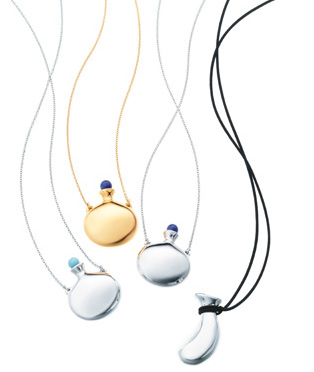
Elsa Peretti for Tiffany & Co bottle pendants
Spring of 2016 heralded the launch or @elsaperettiofficial on social media, which offers a personal peek into the designer’s thought processes and life. Her Instagram feed offers sketches and snippets of her inspirations and quotes, and posts of her most legendary jewels. It was a brilliant move to create awareness and introduce new generations to the wildly creative Peretti, whose imagination broke down boundaries and who designed some of the top sellers of all time.
- Elsa Peretti for Tiffany & Co.Scorpion Necklace
- Elsa-Peretti for Tiffany & Co. Snake necklace
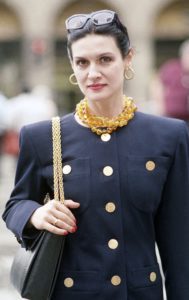
Paloma Picaso in 1988. Photo by Pierre Gleizes/AP/REX/Shutterstoc
Paloma Picasso
Born into fame –her father Pablo Picasso and mother, Françoise Gilot, Paloma Picasso carved out her own niche with her sophisticated, bold and colorful jewelry. Picasso who began making jewelry as a teenager first created necklaces for the Folies Bergeres in Paris. Soon after she was commissioned by Yves Saint Laurent to design pieces to complement his collections.
Her big break came in 1979, when Tiffany design director John Loring invited her to participate in an exhibition. The following year she was asked to produce her first exclusive collection for Tiffany & Co. She has been designing for the renowned house ever since.
In the seventies, she was surrounded by a mix of people from the grand families of New York to famed artists such as her good friend Andy Warhol to the struggling art crowd, singers, actresses and actors, all of which inspired her sense of freedom to create her individualistic pieces and judge her for her talent and not her name.
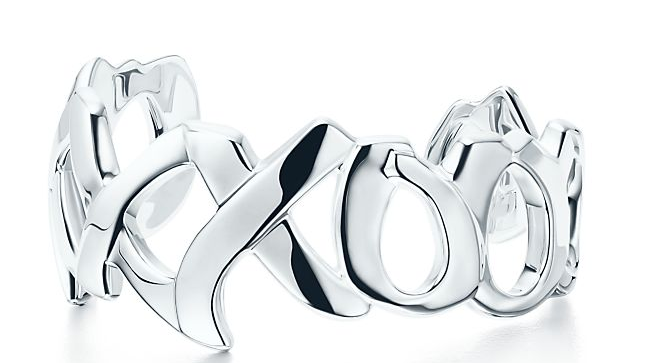
Paloma Picasso for Tiffany & Co hugs and kisses cuff
One of her first collections for Tiffany & Co. gave a nod to graffiti she saw on New York buildings. She also created an openwork dove—which in Spanish translates to Paloma and is the worldwide symbol of peace. Other designs include olive leaves, pieces inspired by lanterns in Venice and pieces inspired by daily life such as her interlocking lyrical bands—the sound of which when they move create what Picasso says “recalls the melody of a life well-lived.”
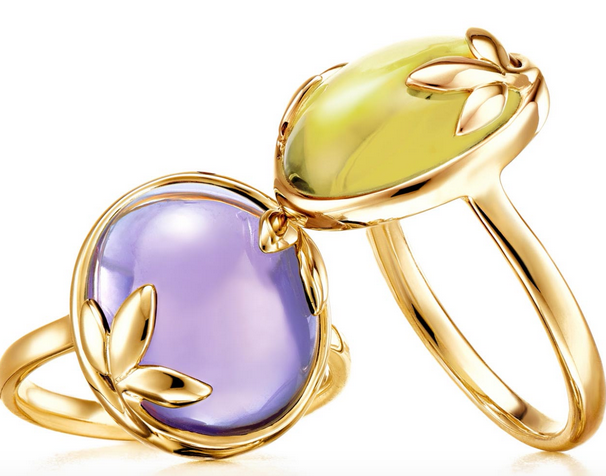
Paloma Picasso for Tiffany & Co. Olive leaf and gemstone rings
Top image: Vintage diamond, platinum and gold “Bamboo” necklace with detachable brooches by Suzanne Belperron
·

